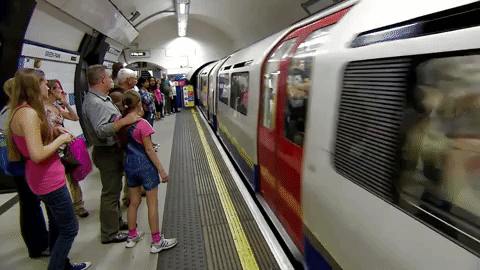The science of building solidarity
Issue 26: How people react to a crisis; Power of Us in the news; forthcoming events; and some exciting new research on group dynamics
A disaster occurred during the morning commute in London on July 7, 2005, when terrorists attacked the city’s vast transportation network. Suicide bombers detonated three bombs on underground trains and a fourth on a double-decker bus. Fifty-two people, including the terrorists, were killed and more than 700 were injured.
After the bombs exploded, thousands of passengers, many of whom were wounded, were left stunned, surrounded by smoke, darkness, and debris. In this horrific situation, one might have expected mass panic—people pushing and shoving each other out of the way, abandoning the casualties in a mad rush to escape. Pandemonium. Chaos.
But that’s not what happened. After the London bombings, a team of researchers led by British social psychologist John Drury, who has conducted intensive investigations into how crowds of people respond during emergencies, interviewed survivors and scoured public accounts in which people talked about what had happened. Although it was not uncommon…
Keep reading with a 7-day free trial
Subscribe to The Power of Us to keep reading this post and get 7 days of free access to the full post archives.



